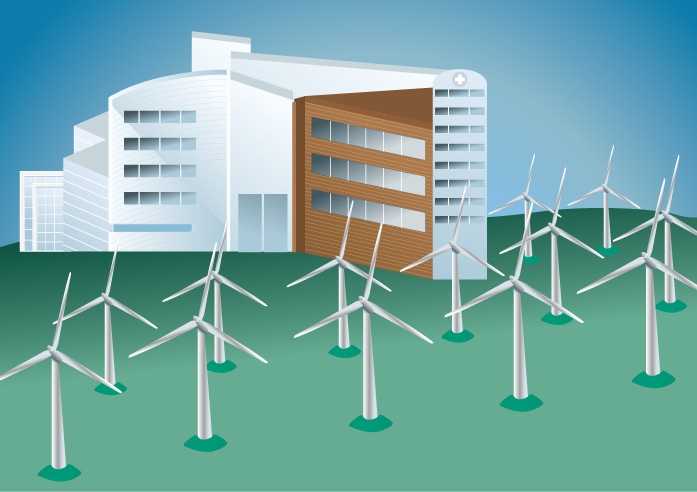IFHE Vice–President hopes for more sustainability in healthcare.
HealthManagement spoke to Daniela Pedrini, a leading light in the International Federation of Health Engineering (IFHE) on the changes she wants to see taking shape in healthcare architecture in the years ahead.

What are your responsibilities holding top positions in the IFHE?
There are two phases, as it is stated in the Standing Orders of the (IFHE) during the 25th Congress just concluded in Brisbane, Australia. Now the Council has officialised my nomination as first Vice-President of the federation and confirmed the location in Rome, Italy of the 26th International Congress.
At the Rome Congress, programmed for May 24-27, 2020 I will be nominated President of IFHE International for the following two years.
The forthcoming period will see my engagement, supported by members of the Italian Association SIAIS, a group of IFHE Europe and IFHE International members, in organising the scientific content of next Congress, selecting the presentations and key note speakers while supervising and coordinating the complex logistic and organisational “machine”.
The next Congress has a particular meaning for our federation, marking the 50th anniversary of its foundation, which took place in Rome in 1970.
Naturally, I will have also to present on that occasion, not only my programme for the following two years, but also propose new ideas and a vision for enhancing the contribution that such an important association can and must give to the healthcare system.
What are the biggest challenges in healthcare architecture at present?
There are different sets of challenges for healthcare architecture. From society are coming pressing needs of care closer to the patients, not based only on hospitals (which will be more and more highly technological for acute patients) using new technologies that require the definition of new models of delivery of healthcare services. More integration between social and medical care is becoming mandatory, with a vision of an urban fabric that includes new forms of support for health and wellbeing. Additionally, from the enormous challenges presented by climate change-related problems, come the needs for safer hospitals, referred now as resilient, in terms of physical structure and for proactive institutions in the battle against this environmental situation.
What do you find the most exciting with healthcare architecture at present and what do you see ahead?
We are, in fact, producing buildings that are reducing energy consumption, the use of water, producing less waste and are more patient-centred with solutions before not envisaged. Not only health facilities designers, architects and engineers, but policy makers, managers and staff are requested to participate in the process of planning new facilities and post-occupancy evaluation (POE) is becoming more commune. What I hope will be ahead is a more diffuse awareness in the planners and designers part of the importance of the starting phase of conceiving a healthcare facility and the need just in such a phase of the contribution of all the so-called “stakeholders”, including patients, the humility of learning from mistakes, an appropriate use of evidence-based knowledge.
If you had a room full of healthcare facility managers in front of you, what would you tell them to prioritise?
Without any doubt, I would tell them to prioritise the need to evaluate accurately and in depth the “health” of their facilities’ structures and related technologic systems - especially taking into account the most important risks of the area in which their hospital is located.
What is your top management tip?
The hospital is a complex organism and the solution to any problem has always to be seen in details, but also considering the whole system, which implies the need to understand what a partial solution could produce on the totality of the complex. Furthermore, investments have to be evaluated not only on their immediate cost and return, but in the framework of the period of their life-cycle.
What is your favourite expression?
Prevention is better than cure, also for healthcare facilities.
Daniela Pedrini is also President of SIAIS, (Italian Society for Engineering and Architecture). The IFHE Presidency has just passed from Eng. Douwe H. Kiestra (NVTG, Nederland) to Eng. Darryl Pitcher (IHEA, Australia).

